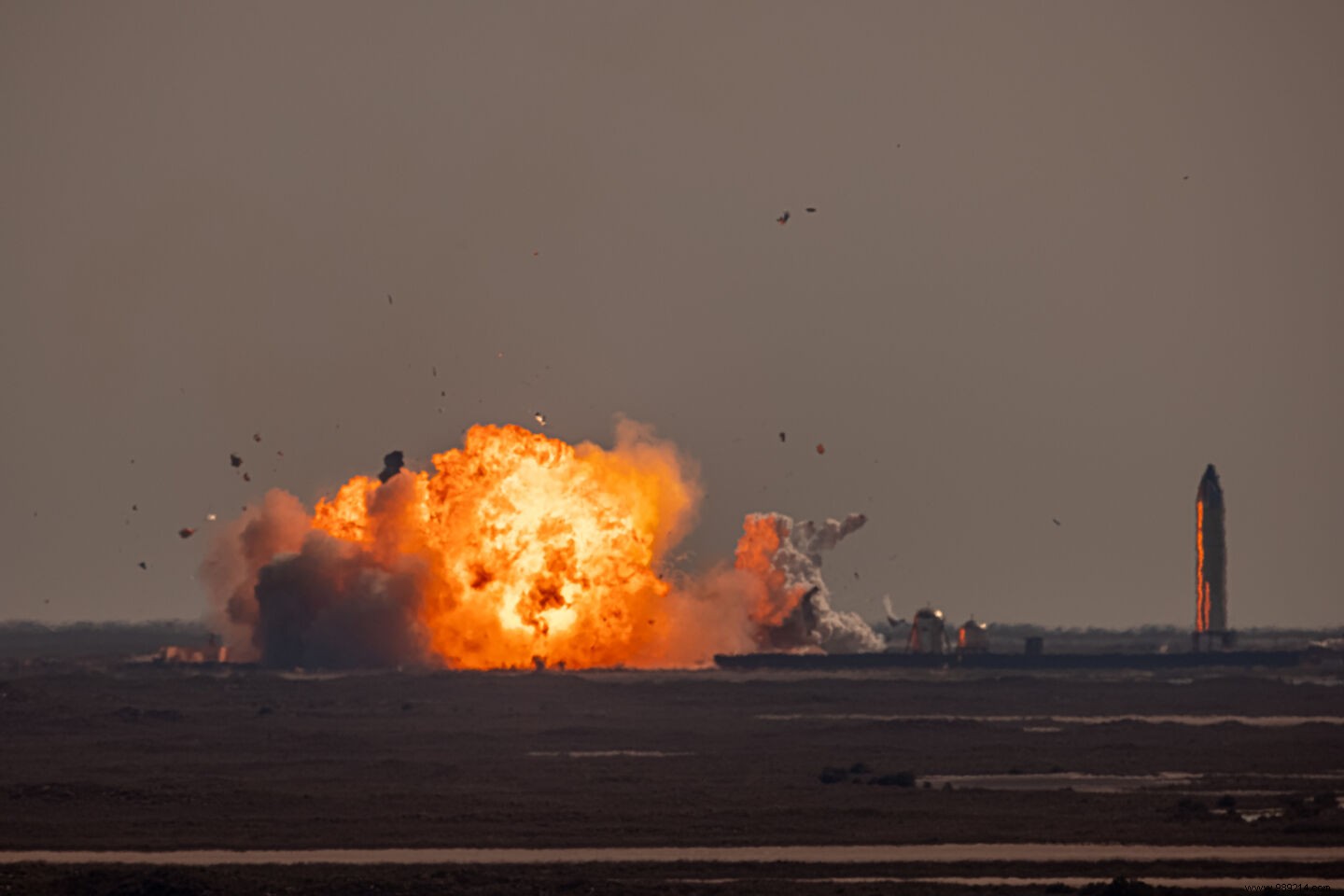For Steve Blank of Stanford and Columbia Universities, SpaceX and other innovators must operate by different rules:those of innovation. Rules the FAA no longer understands. Also, the agency should be relieved of the oversight of these programs to focus on their core functions:ensuring the safety of commercial aircraft and airspace.
The Federal Aviation Administration (FAA) will oversee the investigation to determine the causes of the recent SpaceX prototype SN9 crash. The objective will be to identify the root cause of the accident, and to further secure the Starship test program which has just suffered its second explosion.
This announcement follows an FAA report that SpaceX violated federal safety regulations during the clearance process for SN8 flight last December. Specifically, the company had requested a waiver to exceed the maximum public risk allowed by federal safety regulations. However, while the FAA denied the request, SpaceX proceeded with the flight anyway.
On paper, the FAA's intentions seem quite laudable, but not everyone agrees. In a recent paper published on Spacenews , Stanford University professor and Columbia University innovation specialist Steve Blank didn't mince words about the federal agency.
“While at first glance the FAA/SpaceX feud over the rapid development of their rocket could be seen as a simple affair involving a wealthy entrepreneur breaking the rules and a federal agency trying to protect the public, this is actually an example of a government organization – the FAA – unable to distinguish between innovation and execution ” , emphasizes the researcher.
Also according to him, the FAA puts unnecessary obstacles in the way of a company which, like it or not, has revolutionized the aerospace industry , making access to space cheaper, and therefore more accessible.
“In innovation, failure is part of the process. The test rockets explode. If you are not pushing the boundaries and isolating the limits of your design, you are not innovating enough, or fast enough” , continues the researcher. “It goes without saying that you strive to minimize the loss of life and property, but the rules governing innovation programs should recognize an increased need for speed. The US government appreciated this when developing experimental rockets and aircraft in the 1950s and 1960s. .
The researcher also returned to the boeing air disasters suffered in October 2018 and March 2019, which led to the immobilization of the 737 MAX for several months, plunging the aircraft manufacturer in the process American in the most turbulent period of its history. House and Senate investigations into these failures then pointed to deficiencies in aviation safety oversight and a lack of leadership at the FAA.
In other words, the agency had failed to perform its core mission – to provide the safest and most efficient aerospace system in the world.

For Steve Blanck, the FAA is still licking its wounds, and should focus more on the safety of commercial airlines, rather than engaging in political theater by signaling its concern for public safety during Starship trials.
“SpaceX and other innovators have to operate by different rules – those of innovation” , he explains. “Rules that we knew how to apply when we were developing experimental rockets and aircraft in the 1950s and 60s. Rules that the FAA simply doesn't understand anymore” .
So the White House should step in and offload the FAA's oversight of innovation and experimentation programs to focus on fixing their core functions:ensuring safety commercial aircraft and airspace. "And maybe a new administrator will hang pictures of the 346 people killed (in the two 737 MAX crashes) in his hallway, to remind them of what happened when the FAA didn't not doing its job" .